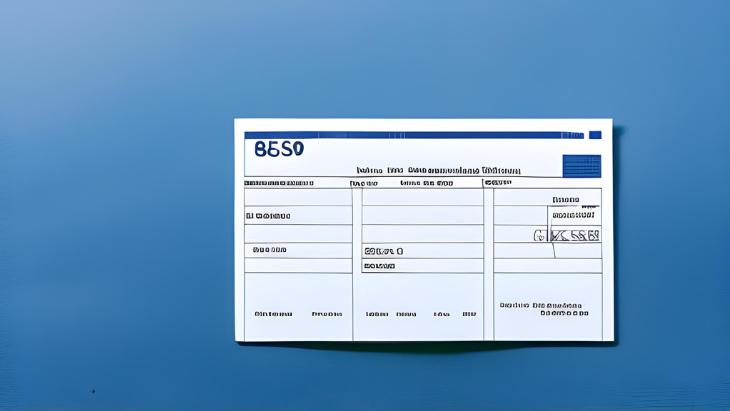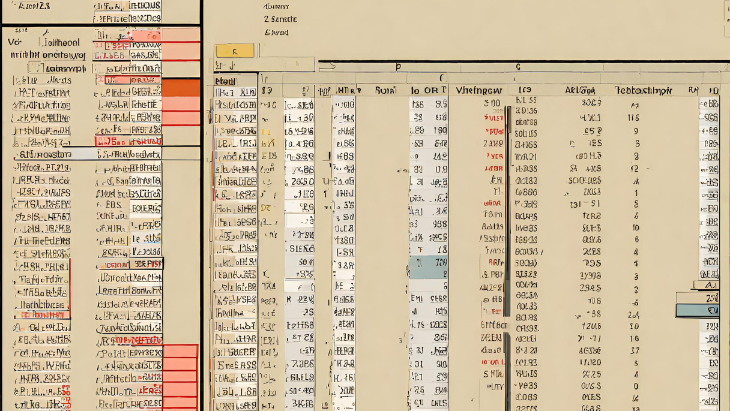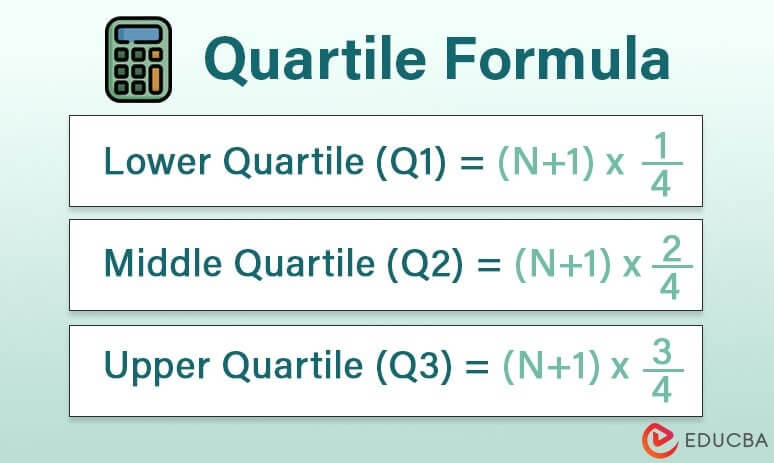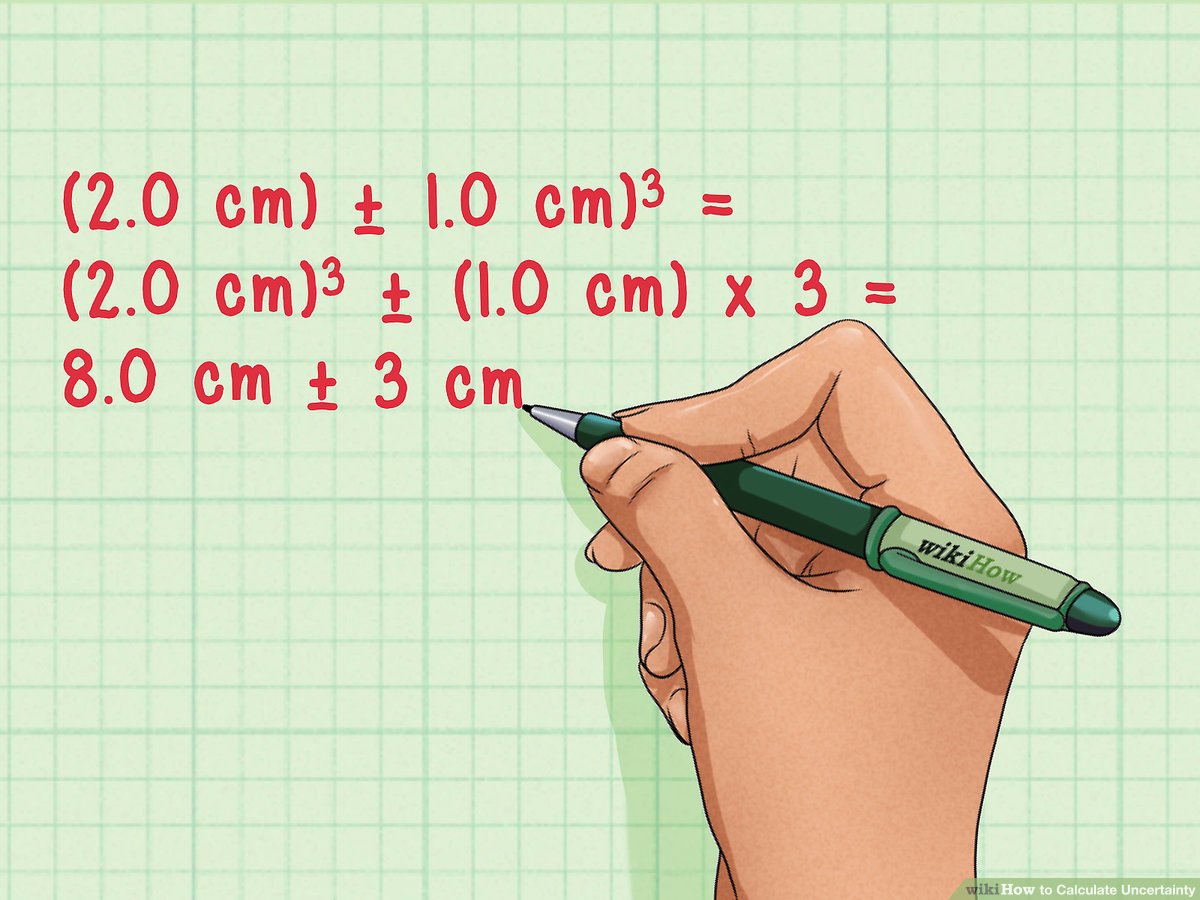Future Developments For the most up-to-date information regarding Form 8594 and its associated instructions, including any legislative changes made after their publication, please visit IRS.gov/Form8594.
General Instructions Purpose of Form Form 8594 is a mandatory requirement for both the seller and purchaser involved in a transaction where a group of assets constitutes a trade or business and if goodwill or going concern value is associated with those assets. Additionally, if the purchaser’s basis in the assets is solely determined by the amount paid for them, Form 8594 must be used.
Form 8594 is also applicable if either the purchaser or seller needs to amend an original or previously filed supplemental Form 8594 due to changes in the purchaser’s asset costs or the seller’s realized amount.
Who Must File In general, both the purchaser and seller must file Form 8594 and attach it to their respective income tax returns (Forms 1040, 1041, 1065, 1120, 1120-S, etc.) when transferring a group of assets constituting a trade or business, and when the purchaser’s basis in these assets is solely determined by the purchase price. This rule applies whether the assets represent a trade or business for the seller, the purchaser, or both.
For transactions involving a controlled foreign corporation (CFC), each U.S. shareholder should attach Form 8594 to its Form 5471.
Exceptions apply. Form 8594 is not required if any of the following conditions are met:
- Assets are exchanged for like-kind property under section 1031. If section 1031 doesn’t cover all transferred assets, Form 8594 is needed for the non-section 1031 portion.
- A partnership interest is transferred (special reporting requirements under Regulations section 1.755-1(d) apply). However, if the purchase of a partnership interest is treated as the purchase of partnership assets that constitute a trade or business under section 1060, Form 8594 must be filed. [Reference: Rev. Rul. 99-6, 1999-6 I.R.B. 6, available at IRS.gov/pub/irs-irbs/irb99-06.pdf]
When To File Attach Form 8594 to your income tax return for the year in which the sale occurred. If there are changes to the amount allocated to any asset in a subsequent year, complete Parts I and III of Form 8594 and attach it to the income tax return for that year.
Penalties Failure to file a correct Form 8594 by the due date without reasonable cause can result in penalties, as outlined in sections 6721 through 6724.
Definitions Trade or business: A group of assets is considered a trade or business if it has the potential for goodwill or going concern value. It may also qualify as an active trade or business under section 355 (related to stock distributions in controlled corporations). Factors to consider include intangible assets, excess paid for assets over their book value, and agreements between the purchaser and seller.
Consideration: The purchaser’s consideration is the cost of the assets, while the seller’s consideration is the amount realized.
Fair market value: Gross fair market value without reductions for mortgages, liens, or liabilities. Note that the fair market value of property is generally not less than any nonrecourse debt on the property.
Classes of assets: Assets are classified into various categories.
- Class I: Cash, general deposit accounts, and certificates of deposit.
- Class II: Actively traded personal property (as defined in section 1092(d)(1)) and foreign currency.
- Class III: Assets marked to market annually and debt instruments (excluding specific categories).
- Class IV: Inventory-type assets.
- Class V: All other assets not in Classes I, II, III, IV, VI, or VII.
- Class VI: Section 197 intangibles (except goodwill and going concern value).
- Class VII: Goodwill and going concern value.
Allocation of consideration: Allocate the purchase price to determine the purchaser’s basis in each acquired asset and the seller’s gain or loss on each asset’s transfer. Follow the allocation rules described in the instructions.
Specific Instructions For an original statement, complete Parts I and II. For a Supplemental Statement, complete Parts I and III.
- Provide your name, address, and TIN at the form’s top and indicate whether you’re the Purchaser or Seller.
- Part I – General Information: Include the other party’s name, address, TIN, sale date, and total consideration.
- Part II – Original Statement of Assets Transferred: Specify fair market values and allocation for each asset class.
- Part III – Supplemental Statement: Complete this for any year where an increase or decrease in consideration occurs. Explain the reason for the change and provide the relevant tax year and form number for original and supplemental statements.
Instructions for Form 8594 – Notices Paperwork Reduction Act Notice: The information is required for IRS compliance with U.S. tax laws. Taxpayers must provide the information. Records related to this form must be retained as long as necessary. Tax returns and return information are confidential. Time estimates to complete and file this form vary. If you have comments or suggestions for simplifying the form, please contact the IRS at the provided address.











